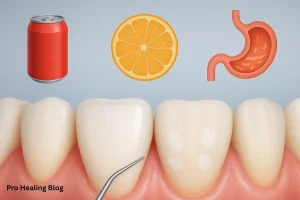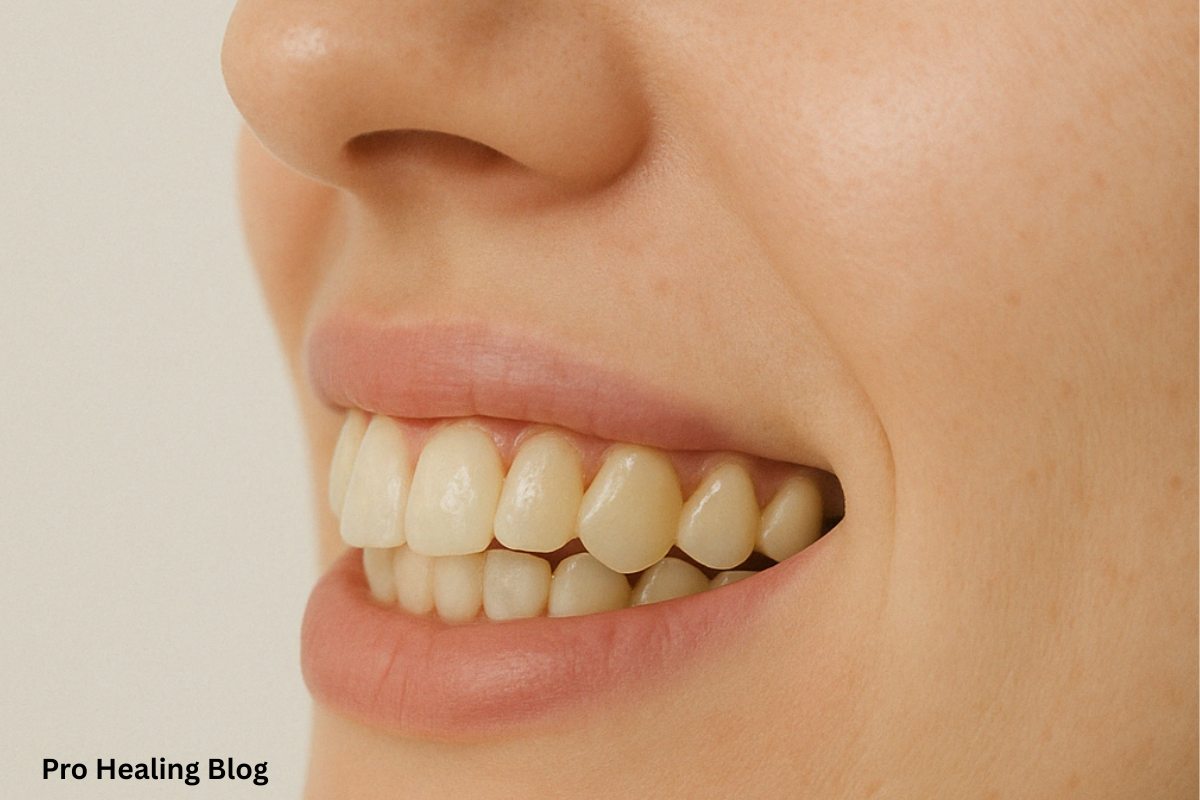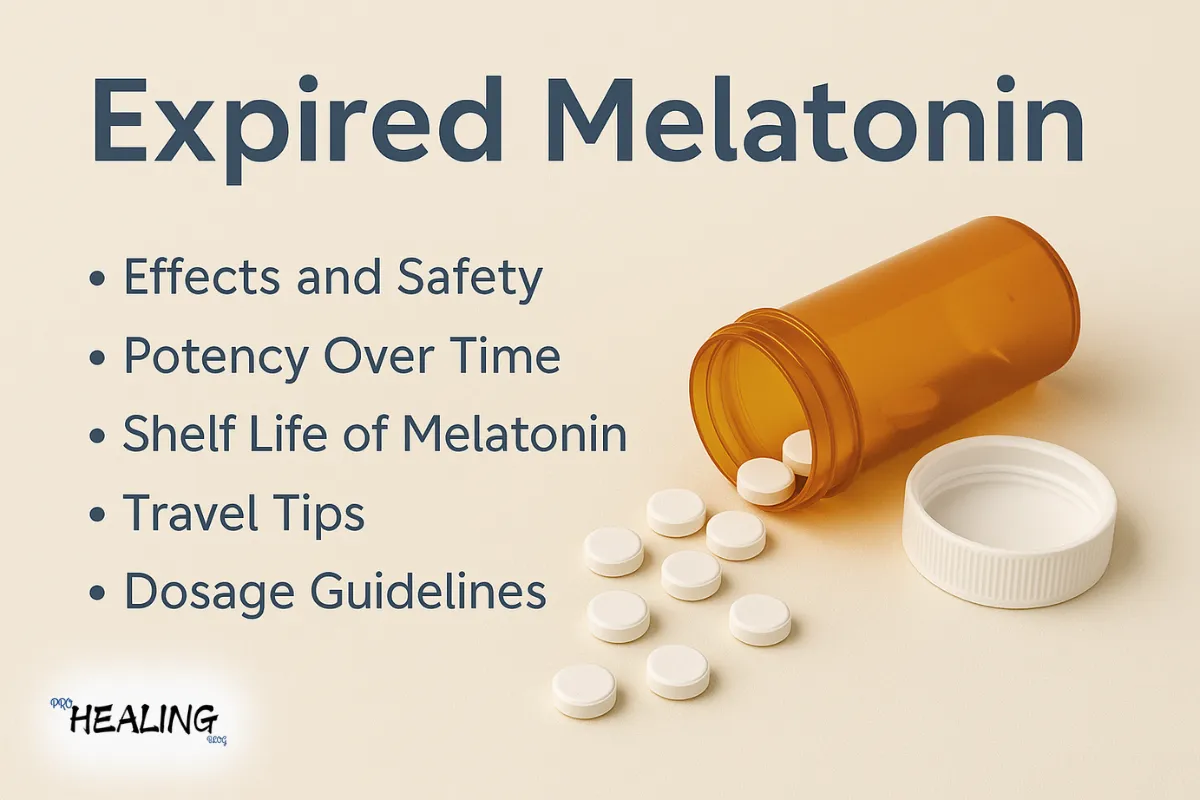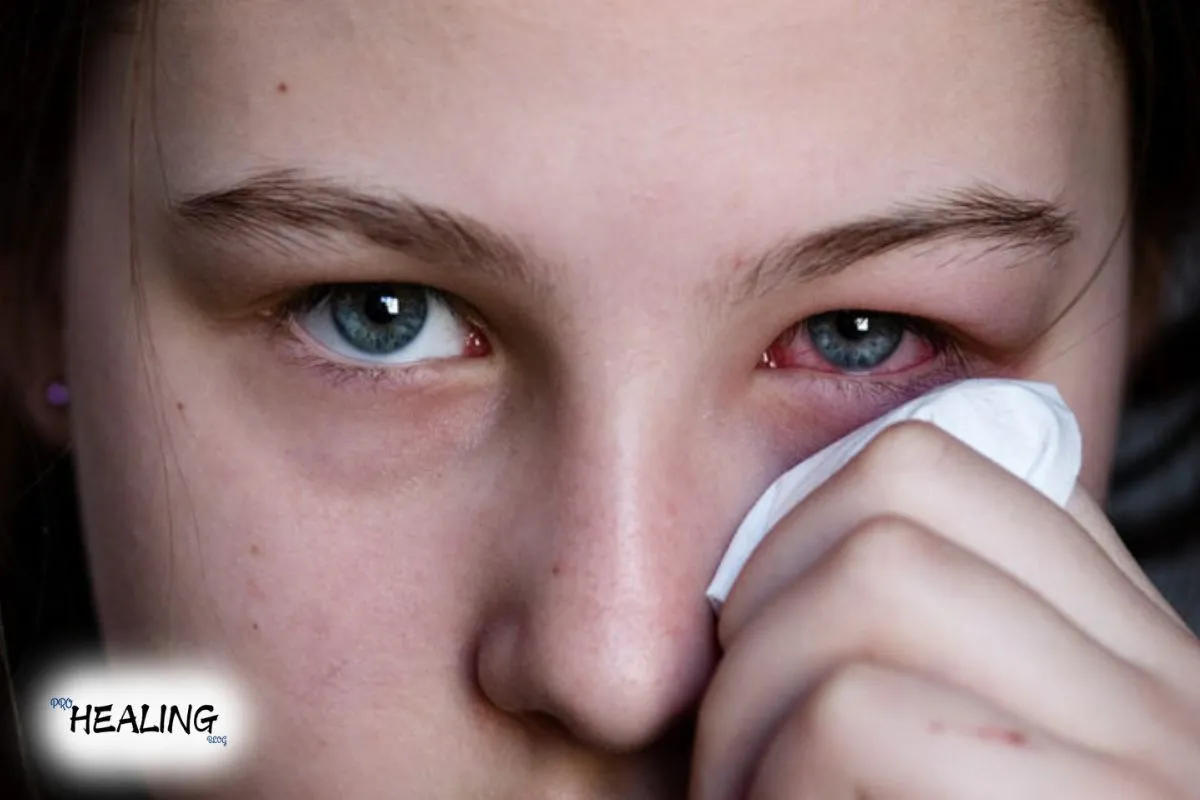Those mysterious white spots on your teeth aren’t just a cosmetic nuisance; they’re your enamel sending an SOS. Nearly 40% of adults notice them at some point, yet most have no idea what they mean or how to fix them. I’ve seen patients panic over these chalky patches, assuming the worst. But here’s the truth: white spots can stem from five distinct causes, and only one demands urgent treatment. Some are harmless.
White spots create uneven patches that draw unwanted attention. They stand out against your enamel, making your smile look uneven and worse; they might signal an underlying dental issue. You have to know this: not all white spots are created equal. While some are innocuous, others need care.
What causes white spots on teeth
When enamel fails to grow properly or loses minerals (demineralization), white patches develop. Here’s what’s likely behind yours:
1. Fluorosis
Although too much fluoride during childhood (when teeth are forming) might result in chalky white areas or streaks , fluoride strengthens teeth. Children who use toothpaste containing fluoride or excessively fluoridated water.
It can be found in symmetrical places, usually on the front teeth.
2. Insufficient Enamel (Enamel Hypoplasia)
White or even brown stains appear on teeth if enamel is not completely formed.
The causes can be genetics, starvation, or childhood diseases.
Cracked or rough texture is a warning indicator.
3. Demineralization
In the initial stage of decay, dull white patches are left behind when minerals are stolen from enamel by the acids in plaque.
Poor brushing, braces that trap plaque, or dry mouth are risk factors.
Test: Get treatment from a dentist right away if any areas feel scratchy or sticky.
4. Braces & Poor Oral Hygiene
Braces often leave white spots because plaque builds up around brackets, eroding enamel. These chalky patches appear when acidic bacteria demineralize teeth – a preventable issue with proper care.
5.Acid erosion (GERD and diet)
Citrus, sodas, and stomach acid (from GERD) rapidly erode enamel—often within 30 seconds—causing white spots or translucency. However, brushing right after makes it worse. Instead, rinse with water and wait 30+ minutes before brushing.

How to Get Rid of white Spots on Teeth
The reason of white spots on teeth determines the best course of action. Your options are as follows:
1. Microabrasion (for minor stains or fluorosis)
Microabrasion effectively removes white spots by gently polishing enamel, unlike more invasive options. While ideal for fluorosis and surface stains, deeper discoloration may still need veneers or bonding. Fortunately, it preserves enamel so recovery is quick. Ultimately, this makes it an affordable, low-risk path to a brighter smile.
2. Teeth Whitening (For Uniform Discoloration)
Teeth whitening serves to diminish significantly the visibility of white spots through the production of a more evenly colored tooth hue, although one must remember that this treatment has only surface-staining discoloration in its sights—not altering the texture of the enamel per se. Over-the-counter home whitening products can produce fair improvement in light discoloration. But with more visible white spots or those more resistant spots, professional treatments are likely to produce much greater results. Professional treatments, whereby a dentist manages the treatment, involve more highly concentrated bleaching agents and personally tailored application strategies, enabling more aggressive and yet safer whitening results.
3. Veneers or Bonding (For Severe Cases)
Veneers are a permanent solution, covering white spots with individually tailored porcelain shells that last 10–15 years. While more costly, their durability and natural look make them an excellent choice for long-term solutions. Dental bonding offers a faster, cheaper alternative with tooth-colored resin, but it wears out sooner. For minor cases, nano-hydroxyapatite toothpaste can gradually build up enamel and reduce spots. Your choice is ultimately a matter of cost, severity, and how fast you want results.
Techniques of Preventing White Spots on Teeth
Careful use of fluoride toothpaste is most crucial to remember. Particular attention should be paid, especially by children, to spitting out the toothpaste rather than swallowing it to prevent ingestion of too much fluoride content. Adequate water intake also counteracts the harmful action of acid from food and drinks that degrade enamel by flushing them out. Another easy but effective habit? Chewing sugar-free gum promotes salivation, which remineralizes and naturally defends enamel. Lastly, with these treatments used in combination with routine dental exams, white spots are detected early and prevented from worsening.
When to See a Dentist
Not all white spots need treatment, but see a pro if:
- Spots are growing or changing color.
- You feel pain or sensitivity.
- You have braces or a history of cavities.
While white spots on teeth aren’t always serious, you shouldn’t ignore them. Now that you know the causes and fixes, you can take action.
FAQs
1. Are white spots on teeth permanent?
Yes, some white spots may fade or vanish depending on the source. Early demineralization might become better with fluoride treatments and remineralizing toothpaste. However, areas caused by fluorosis or enamel hypoplasia usually require professional treatment, such as microabrasion or dental veneers.
2. What causes teeth to have white spots?
White patches could show up as a result of:
Calcium deficiency weakens enamel.
Lack of vitamin D affects how well calcium is absorbed.
Fluorosis is caused by an excess of fluoride during tooth growth.
They can be avoided with good dental care and a balanced diet.
3. How may calcium buildup on teeth be removed?
“Fluorosis or demineralization often causes ‘calcium spots,’ but these treatments help:”
- Teeth whitening (balances color)
- Microabrasion (dentist buffs away surface stains)
- Bonding or veneers (covers dark areas)
4. What is the most effective treatment for tooth white spots?
The best treatment depends on the cause:
For early decay, boost your routine with enhanced brushing and fluoride treatments.
If fluorosis is the issue, consider microabrasion or cosmetic dentistry.
*For braces-related spots*, dentists recommend professional whitening combined with enamel-strengthening paste.”
5. What are some natural ways to get rid of white spots?
Although it’s impossible to completely “reverse” spots naturally, these can help:
- Coconut oil, or oil pulling, may lessen plaque.
- You can use a baking soda and water paste to gently wipe away surface stains.
- Demineralizing toothpaste aids in fortifying weak enamel.






